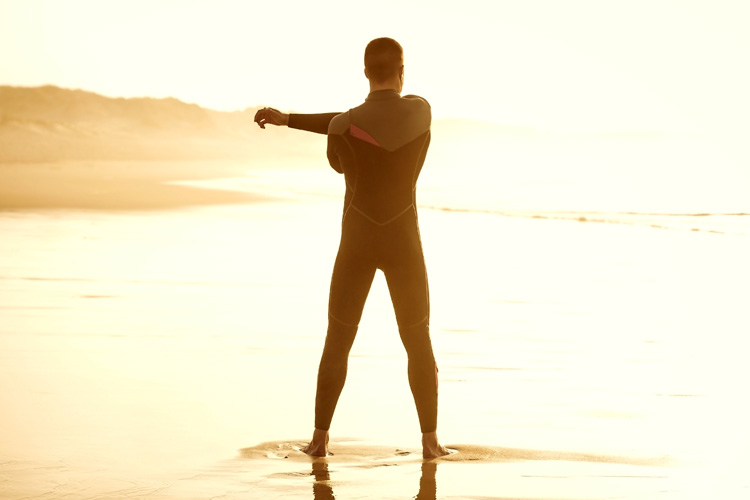Wetsuits are one of the most important inventions in the history of surfing. They keep wave riders warm and comfortable in any water temperature and weather conditions. Here's our neoprene guide for your surf sessions in 2024.
Wearing a wetsuit is always the best way to maximize your time in the water, and cold-water surfers know that very well.
That's why buying a second skin is such an important moment.
If you're an avid and regular wave rider who paddles out twice a week, neoprene protection is an investment that should last at least two or three years.
Also, depending on your budget, you can always switch between winter wetsuits and summer wetsuits.
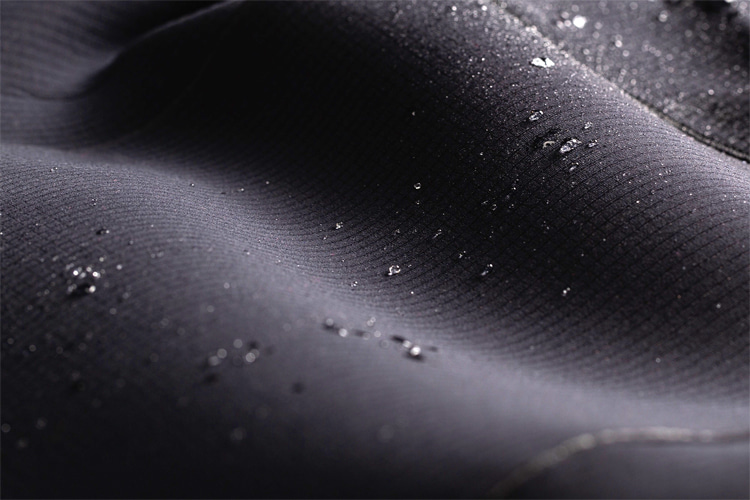
Choosing a New Wetsuit
There are three major decisions you should make before buying a new neoprene wetsuit.
First of all, choose whether you need a short/spring wetsuit or a full suit.
A short wetsuit is often the best choice for surfing in the warmest latitudes, such as Hawaii, Indonesia, Tahiti, Central America, and Brazil.
A full wetsuit protects surfers in higher latitudes, such as the United States, Canada, South Africa, Europe, and Australia.
The second variable is selecting the ideal wetsuit thickness, in millimeters, for your average surfing conditions.
Again, this decision depends on the average air and water temperature at your most-surfed spots.
The main neoprene thickness types in modern semi-dry wetsuits are:
- 3/2 mm (mild to warm temperatures);
- 4/3 mm (mild to cold temperatures);
- 5/4 mm (cold to freezing temperatures);
For instance, if you're surfing regularly in Alaska, a dry wetsuit, hood, booties, and gloves are mandatory.
Finally, you've got to decide which stitching characteristics suit your budget.
In the flatlock stitching models, each panel is stitched both on the outside and inside the wetsuit. Sealed panels are blind-stitched and then glued to prevent water from entering through the seams.
If you're still unsure about which wetsuit is appropriate for your surfing needs, compare the different types of neoprene protection.
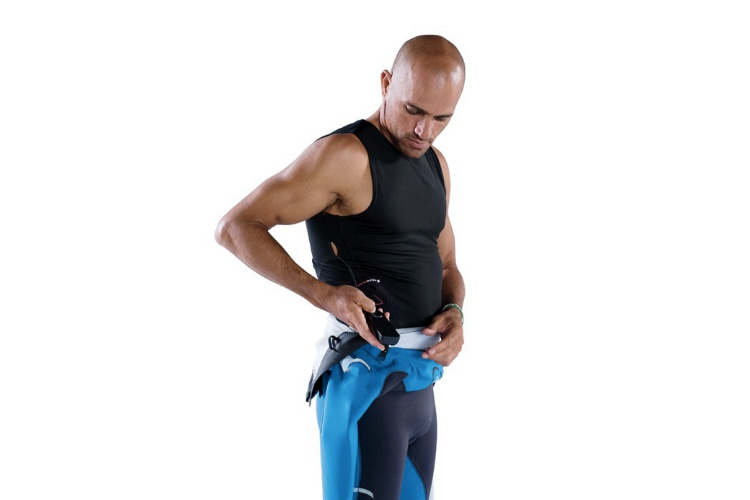
Stitch, Stretch, and Zippers
If you buy a sealed and taped wetsuit, you'll have panels that are blind-stitched and glued before the tape is applied over the glue inside the suit.
For high-tech surfers who need to feel 100 percent comfortable, there's always the battery-heated wetsuit that will keep you so warm that you'll feel like you're sitting in front of the fireplace.
Wetsuits have two more important variables.
The stretch and flexibility of modern neoprene can range from 30 to 100 percent, so you'll notice that super-stretch wetsuits are slightly more expensive.
Some surfers also have special zipper preferences.
The most common neoprene models offer full-back zippers, chest zippers, or zipperless options. In this particular case, it's a matter of preference, so you should try it before you buy.
The right wetsuit for your height and weight is the one that stays close to your body and perfectly fits in the neck, torso, arms, and legs.
It must be flexible and durable, keeping you warm while making you feel comfortable wearing it, like a second skin.
The best surf wetsuits in the world are designed and produced by Billabong, Body Glove, Hurley, O'Neill, Patagonia, Quiksilver, Rip Curl, Roxy, Volcom, and Xcel.
Check out our wetsuit size chart and pick the right model for your body.
Now, take a look at the best wetsuits for the 2024 season:
Billabong Wetsuits
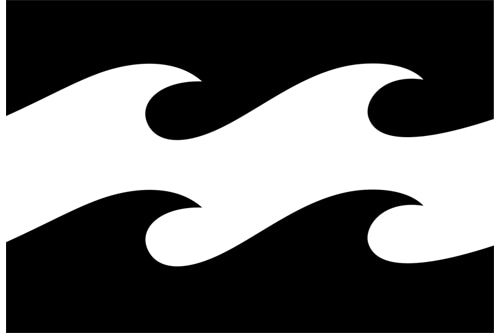
3/2 mm | Spring & Summer
Billabong Furnace Comp Chest Zip 3/2 mm
4/3 mm | Autumn & Winter
Billabong Furnace Comp Chest Zip 4/3 mm
Body Glove Wetsuits
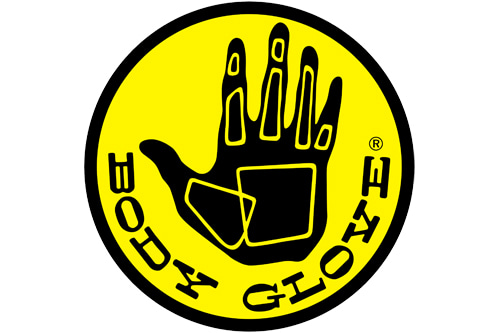
3/2 mm | Spring & Summer
Body Glove Red Cell Slant 3/2 mm Zip Fullsuit
5/4/3 mm | Autumn & Winter
Body Glove Red Cell Slant 5/4/3 mm Chest-Zip
Hurley Wetsuits

3/2 mm | Spring & Summer
Hurley Advantage Plus 3/2 mm
4/3 mm | Autumn & Winter
Hurley Advantage Plus Surf Jacket 1 mm
O'Neill Wetsuits

3/2 mm | Spring & Summer
O'Neill Blueprint Chest Zip 3/2 mm
4/3 mm | Autumn & Winter
O'Neill Psycho Tech 4/3 mm
Patagonia Wetsuits
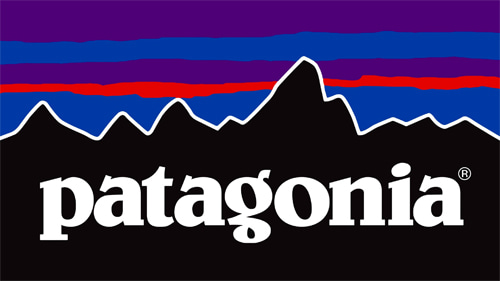
3/2 mm | Spring & Summer
Patagonia R3 Yulex 3/2mm
4/3 mm | Autumn & Winter
Patagonia R4 Yulex 5/4/3mm
Quiksilver Wetsuits

3/2 mm | Spring & Summer
Quiksilver Marathon Sessions 3/2mm Back Zip
4/3 mm | Autumn & Winter
Quiksilver Marathon Sessions 4/3 mm Chest Zip
Rip Curl Wetsuits

3/2 mm | Spring & Summer
Rip Curl E7 Flashbomb HeatSeeker 3/2 Zip Free Wetsuit
4/3 mm | Autumn & Winter
Rip Curl Flashbomb Heatseeker 4/3 mm
Roxy Wetsuits

3/2 mm | Spring & Summer
Roxy Swell 3/2 mm Back Zip
4/3 mm | Autumn & Winter
Roxy Elite 4/3 mm Front Zip
Volcom Wetsuits
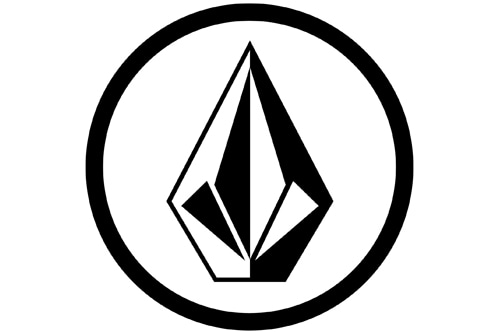
3/2 mm | Spring & Summer
Volcom Surf Vest
4/3 mm | Autumn & Winter
Volcom Neoprene Surf Jacket
Xcel Wetsuits

3/2 mm | Spring & Summer
Xcel Drylock X 3/2 mm
4/3 mm | Autumn & Winter
Xcel Drylock X 4/3 mm
The wetsuit review has been updated on April 11, 2024.
